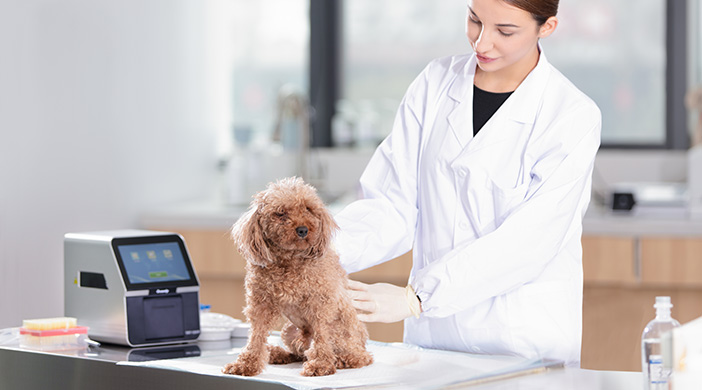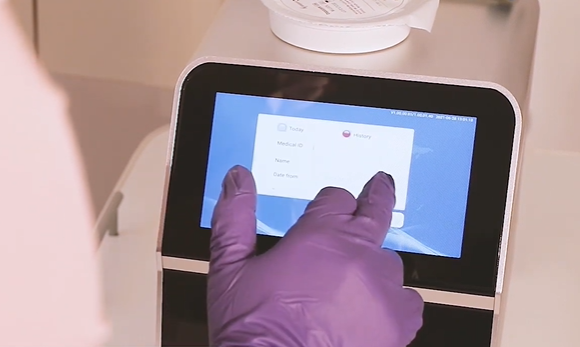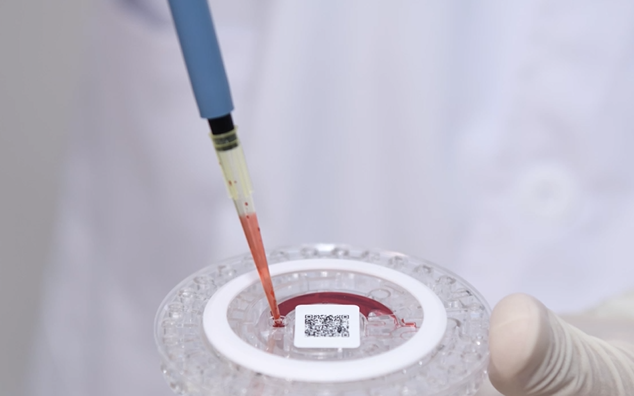release time:2021-11-17 10:50:56
Fine needle aspiration.

Dogs are prone to hypothyroidism when they get older. symptoms are fatness, skin disease, depressed expression, and possible neurological problems. Cats are prone to hypothyroidism as they get older, with symptoms such as extra excitement, hair loss, binge eating and drinking, and possible heart problems. Therefore, an older cat that is active is not necessarily rejuvenated, but may be ill. It is recommended that older pets be checked every year or two. It is best to have your pet checked if it has any of the above symptoms.

2023-05-12
Learn about essential diagnostic tools for accurate diagnoses in canines and felines. Discover the benefits of using Seamaty's veterinary analyzers for reliable results.

2022-09-01
The development of POCT is driven by the rising demand for clinical testing. Although traditional testing methods can meet the requirements of clinical testing in terms of test specimen volume, automated operation, accuracy of results, performance stability, etc.. However, they are unable to meet the requirements in terms of portability, testing speed, and complexity of the testing process. In the family health management and primary care institutions testing, large medical testing equipment is difficult to spread. We took the hospital market as an example and sorted out the demand for POCT products in some hospital departments.

2021-11-02
In the process of using a fully automatic biochemistry analyzer. We often encounter this situation: when doing a certain item alone, the result is fine. But when it is combined with some items. But the test results appear abnormal.